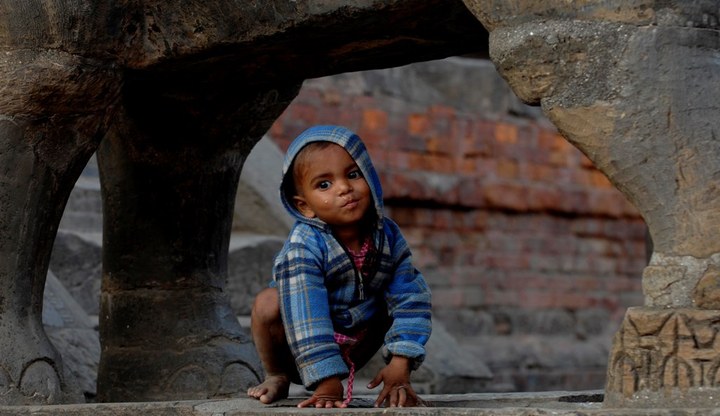Nepal Facts & Figures
Some interesting Nepal facts and figures:
- Nepal is a land-locked country sandwiched between India and Tibet (China). It includes 8 of the 10 highest mountains on the planet, including Annapurna and Everest.
- There are three main geographic regions, a bit like a sandwich, with the Himalayan mountain chain at the top, the middle hills as the filling, and the Terai at the bottom; a hot, lowland, jungle area.
- The population in 2005 numbered 26.3 million, in an area of 147,181 square kilometres. This is slightly larger than Greece.
- Life expectancy has now risen to just over 60, but the average age is only 20. There are approximately 5 doctors per 100,000 people. This compares with 5 doctors per 600-1000 people in Europe.
- Nepal is a democratic country. The king of Nepal is called Gyanendra. There are a number of political parties, including the Nepali Congress Party and the Maoists. After a period of increased unrest in March 2006, the country is being ruled by a coalition government.
- Nepal's economy relies heavily on tourism, and money sent home by Nepalese working abroad, notably the Gurkhas. The majority of Nepalese are subsistence farmers, and the average annual per capita income was around US$240 in 2005.
- 82% of Nepalese live on less than US$2 per day. Despite most of the population being engaged in farming, Nepal is a net importer of food.
- Nepal includes a number of UNESCO World Heritage Sites within its borders. This includes two natural sites, the high altitude Sagamartha (Everest) National Park, and the jungles of the Royal Chitwan National Park in the Terai. The entire Kathmandu valley is also a World Heritage Site.
- The capital city of Nepal is Kathmandu. The name Kathmandu is believed to come from the word Kasthamandap, meaning square house of wood. This 1000 year old wooden rest house still stands in Durbar Square in Kathmandu.





